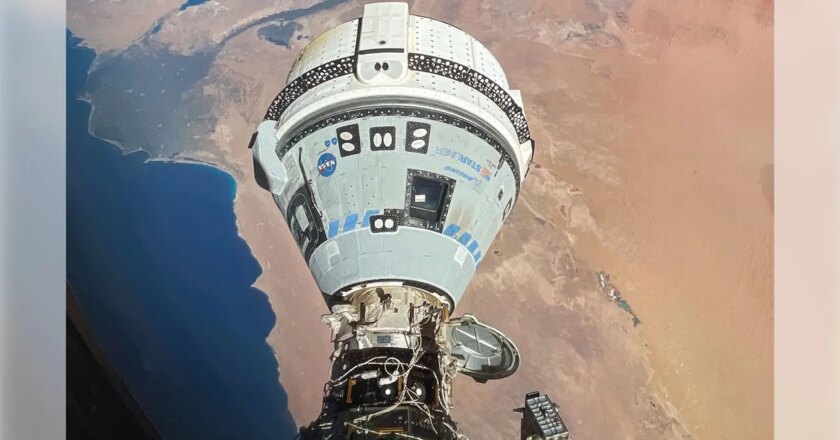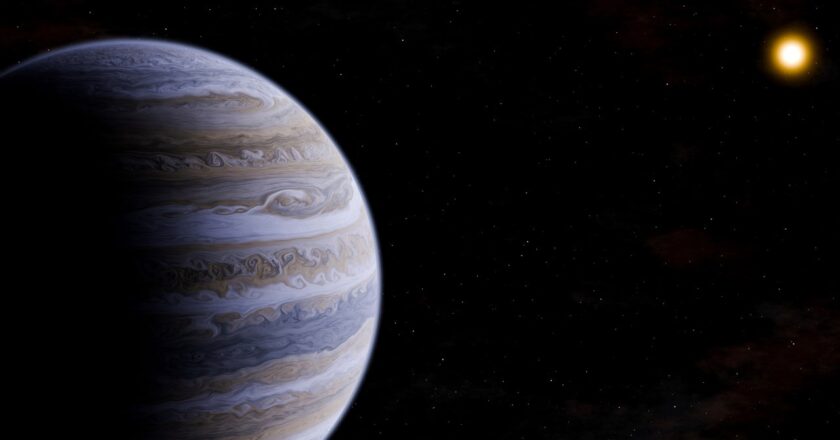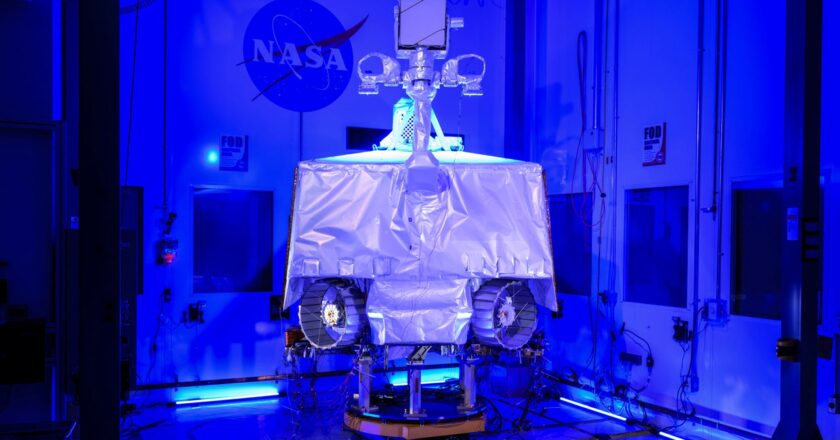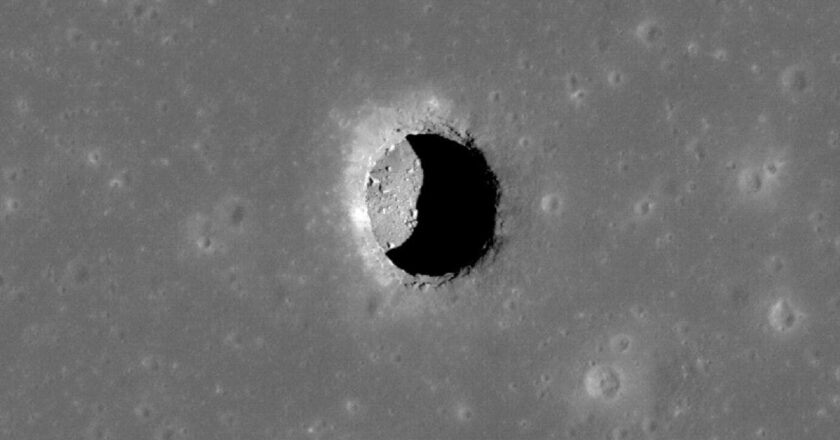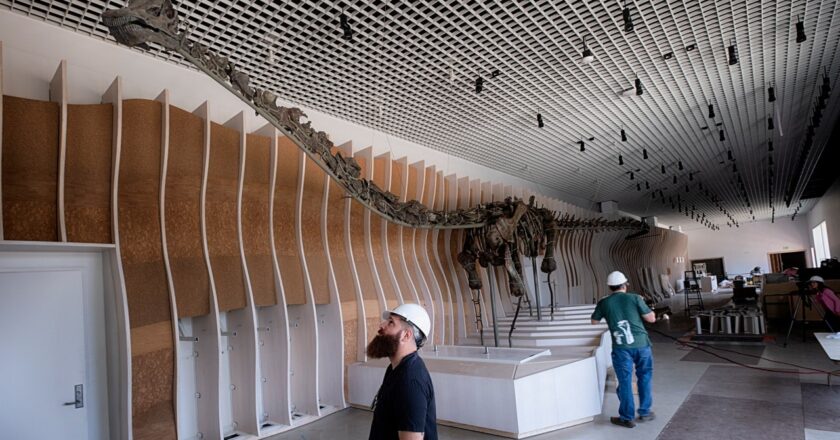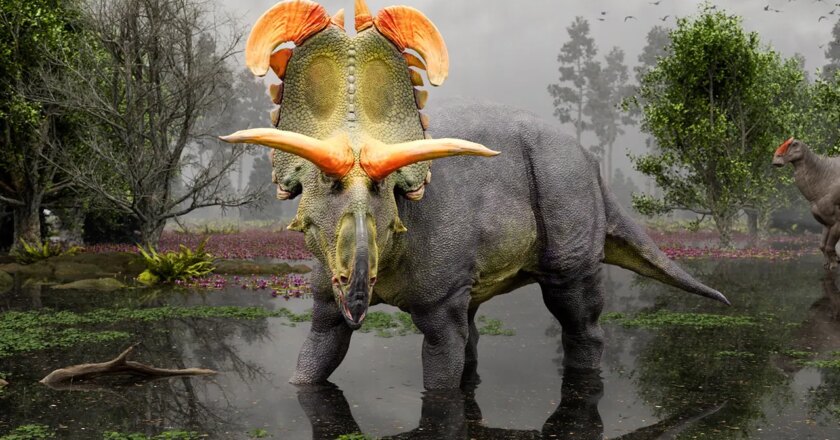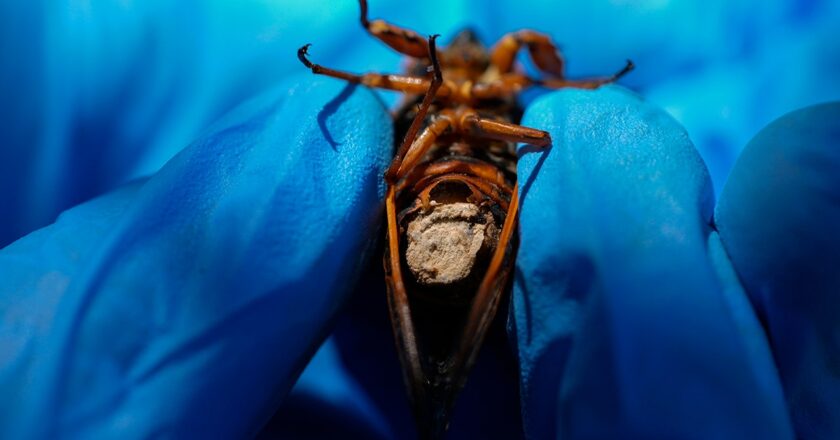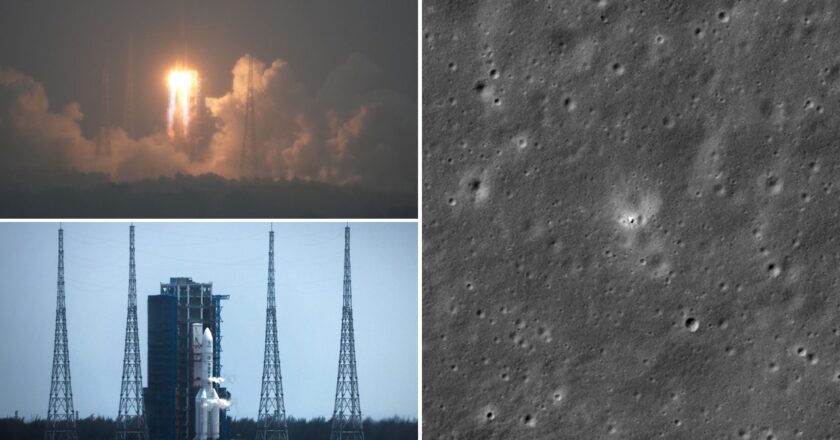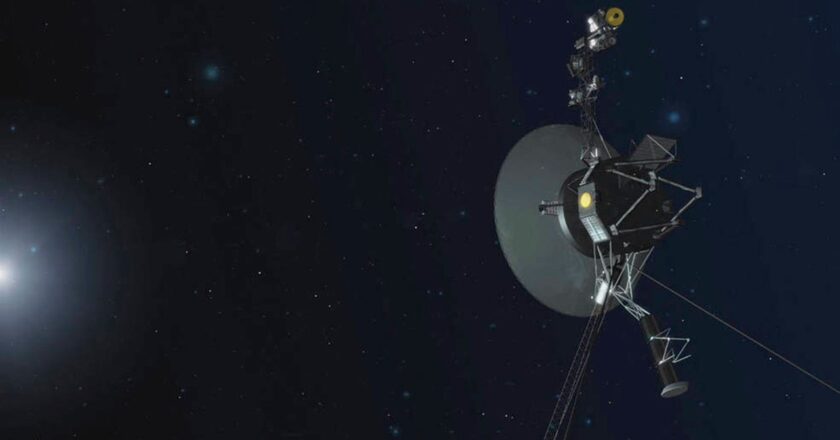NASA says no return date yet for Boeing Starliner and astronauts ‘stuck’ at ISS
Test pilots Butch Wilmore and Suni Williams of Boeing's new Starliner capsule were supposed to visit the International Space Station for about a week and return in mid-June, but thruster failures and helium leaks on the new spacecraft prompted NASA and Boeing to keep them up longer.NASA’s commercial crew program manager Steve Stich said mission managers are not ready to announce a return date. The goal is to bring Wilmore and Williams back aboard Starliner.Backup options are under review. SpaceX's Dragon capsule is another means of getting NASA astronauts to and from the space station.Already more than a month late getting back, two NASA astronauts will remain at the International Space Station until engineers finish working on problems plaguing their Boeing capsule, officials said Thu...
